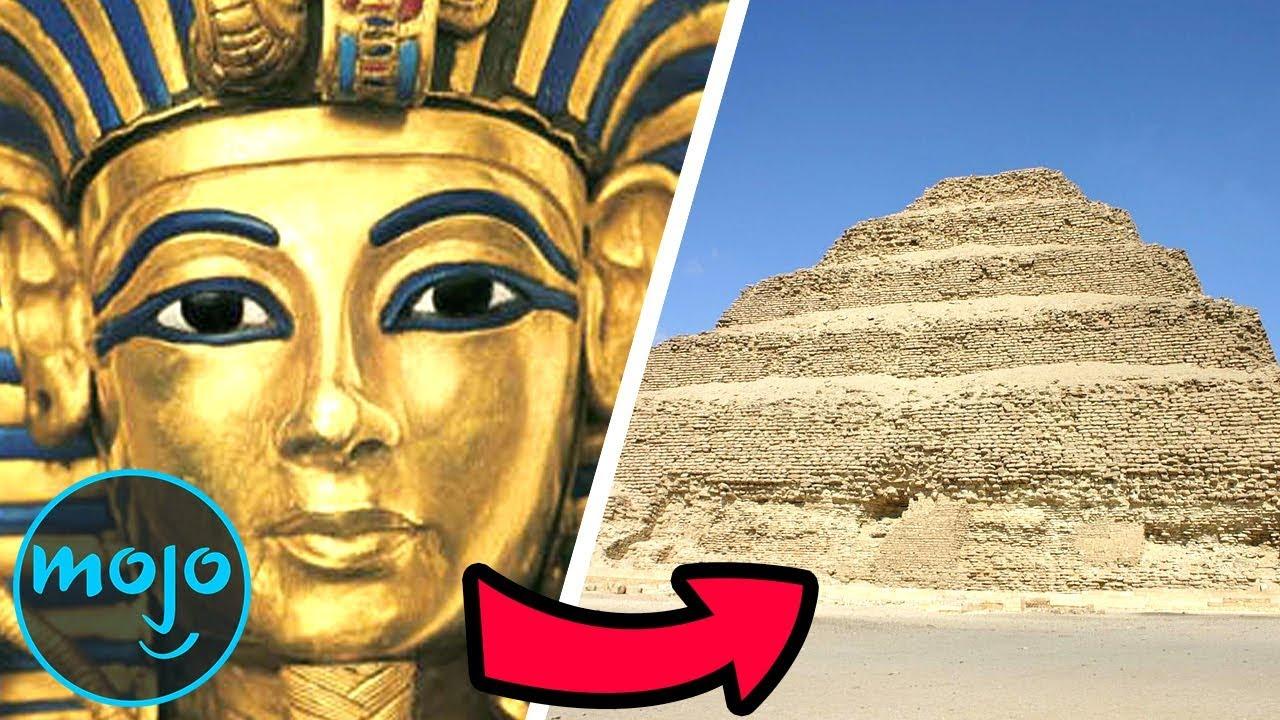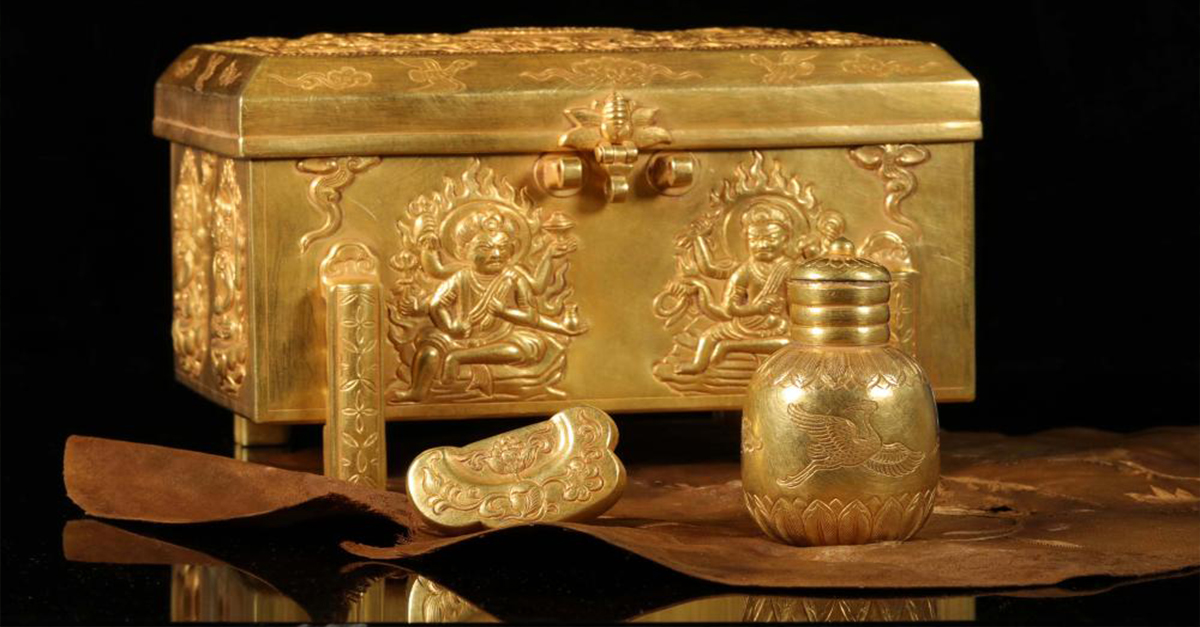According to a new study, this discovery is very surprising because the inscriptions on the mummy’s coffin show that inside the coffin is the body of a male priest.
The mummy was donated to Warsaw University in Poland in 1826. Recently, archaeologists participating in the Warsaw Mummy Project conducted a detailed analysis of this mummy in the animal mummy collection. and people in Warsaw.
X-ray and CT scan results of the mummy showed that this was the body of a woman and did not match the coffin and cardboard covering made for a man. The mummy is clearly not the remains of a priest named Hor-Djehuty from the ancient city of Thebes, whose name was inscribed on the coffin, researchers said.
” This was completely unexpected in our research into ancient diseases or causes of death, ” said study lead author Wojciech Ejsmond, co-director of the Warsaw Mummy Project. know. ” Also, we think this is the mummy of a priest “.
In fact, the mummy is the remains of a woman who died when she was about 20 to 30 years old and was about 6.5 to 7.5 months pregnant based on the size of the fetus’s head.

Coffin, cardboard covering and mummy of pregnant woman. (Photo: Warsaw Mummy Project)
” This is the first case of a mummy being preserved like this. Previously, there have been skeletons of pregnant women found, but no mummy has preserved soft tissue, “ Mr. Ejsmond said.
Scan results showed that there were 4 packages containing embalmed organs (possibly lungs, liver, stomach, intestines and heart) inside this female mummy. These were processed, embalmed and then placed back inside the mummy’s abdominal cavity, as was customary in ancient Egypt. However, the fetus was not similarly removed from the uterus. Researchers have not yet determined the sex of the fetus or why it was left in the womb.
According to the study, the researchers hypothesized that the fetus could be considered “still an integral part of the mother’s body before being born.” A child without a name may not be considered an individual because ancient Egyptian beliefs held that naming was an important part of being human.
The research team now hopes to analyze blood samples preserved in the mummy’s soft tissue to find the cause of this pregnant woman’s death. The above discovery was published on April 28 in the Journal of Archaeological Science.





